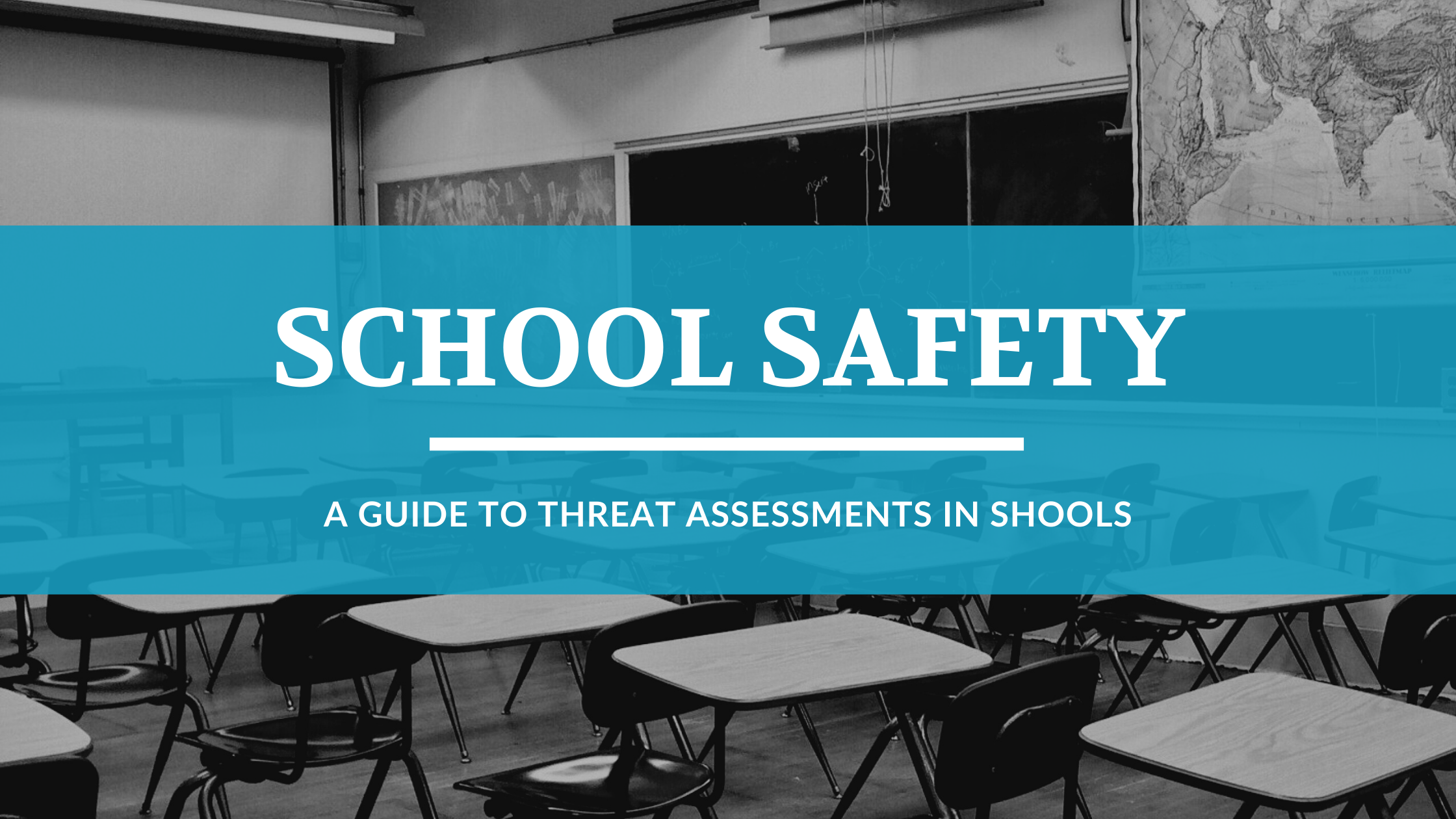The Importance of Security at Events and Mass Gatherings
April 14, 2021
Mass gatherings can be any event where the public is gathered in a space for a specific purpose. These mass gatherings can include concerts, festivals, sporting events, and similar events. Security threats are present and the people who host events are responsible for the security of that gathering and the safety of those in attendance. In this article, we will explore potential risks and what you can do to mitigate them at an event.
Why is Event Security Important?
When you are hosting a large event, you assume a degree of responsibility for the people who attend it. As the event host, it is up to you to be able to foresee potential threats and come up with solutions to ensure the safety of your guests. Failing to do so can have a wide range of negative outcomes including impacts on your group’s reputation—or worse, a potential lawsuit. Throughout the years, countless events have had unfortunate outcomes, and the blame has been placed on the event planner in several different instances. The event organizer will always be held accountable for what happens at their event regardless of who they may rely on to plan security. This includes when the event organizer may attempt to solely rely on an external public safety agency to coordinate all the planning and security operations. The simple fact is that securing a mass gathering event is equally critical as hosting one, and that means that this must be at the forefront of your mind.
Event Security Breaches, Real-World Cases:
Over the years, many events have fallen victim to security breaches. These lapses have led to attendees being injured and worse.
Gilroy Garlic Festival (2019)
An active shooter killed 3, injured 15, and a lawsuit was raised against the event organizers.
Route 91 Harvest Festival (2017)
An active shooter killed 58, injured hundreds, and resulted in an $800 million dollar settlement.
Astroworld Music Festival (2021)
Crowd surges left 8 people dead. Lawsuits have focused on failing to create and enforce proper safety protocols, failure to provide adequate security, and failure to maintain proper crowd control.
Pitbull concert (2021)
An attack at a concert in New Hampshire left a 22 year old woman paralyzed from the waist down. The lawsuit focuses on a low number of security workers or poorly trained staff, poor lighting or lack of lighting, non-working security cameras, and easily accessed doors and windows.
The key term used by attorneys who file lawsuits stemming from injuries and deaths occurring at these events and others like them is negligence. The core concept of negligence is that people should exercise reasonable care in their actions, by taking account of the potential harm that they might foreseeably cause to other people or property.
Recognizing Security Threats
With a large event, the potential for risk often grows with the number of people in attendance. Unfortunately, people can be unpredictable. The more people that there are at an event, the more likely it is that something will go wrong. Being able to recognize security threats, particularly at a level that is proportionate to the size of the event and in a way that suits the various event details, is crucial for ensuring the safety of all guests.
Reasonable Foreseeability
At Valentis, “reasonable foreseeability” is a term that we frequently use when discussing risk. In general terms, reasonable foreseeability addresses the obvious likelihood of a potential risk. When discussing any concerns, the question is: how likely is it that the average person could have foreseen this risk? If a risk seems likely—or even possible—to the average person, the event planner should provide an active plan and adequate security to prevent the risk from occurring. While not every risk can be stopped, planning for them in advance can dramatically decrease the potential for damage.
Acknowledging Common Risks
In many cases, reasonable foreseeability can boil down to common threats. These common risks can vary depending on the size and nature of the event. Still, some risks should be actively considered and planned for regardless of the event type or size.
Common Risks Include:
- Active shooter situations (at or near the event)
- Fires
- Anticipated natural disasters
- Contagions
- Theft
- Drunk driving
- Violent Behavior
Mitigating Risk
With the right plan in place, risk mitigation becomes a simple practice. Though no plan is foolproof, having a dedicated plan can help to alter the outcome of an unfortunate event. Risk mitigation should be focused on keeping the event secure and ensuring that everyone inside is safe during their stay. This can be achieved with the right approach.
Recognizing Threats
Before you can work on risk management, it is important to acknowledge the potential risks. Consider physical threats, safety threats, and common risks while planning. Think of threats that occur at gatherings, particularly during events like yours.
Planning
At the center of effective risk mitigation, there should always be a plan in place. When something goes wrong at an event, eventually someone will begin to seek out answers. As these individuals search to determine who, if anyone, is at fault, they will work to determine if the outcome was preventable and prepared for. Having an active plan in place that is clearly written out and available to everyone is imperative. This demonstrates that you have thought about the safety of your guests and made necessary accommodation to keep them safe during and after the event.
Organizers are accountable
Organizers need to have more ownership of the plans and operations instead of relying on public sector agencies to handle all security planning and operations. It is not their responsibility. It cannot be expected that public safety agencies can fill every gap when resources and personnel are limited.
The need strongly exists for private-public partnership
Collaboration before any incident occurs is fundamental to the success of developing successful interventions. This collaboration requires networking, information sharing, and identifying the resources required to have successful interventions that focus on gaps, shortfalls, and weaknesses. Criminals and terrorists who target mass gatherings and desire to bring disruption and chaos do not care if the private and public sectors are unable to partner together. It, in fact, only drives their planning to exploit the weakness.
Our Role
At Valentis, we have a dedicated commitment to security at mass gatherings. Our special event division strives to effectively design comprehensive plans, mitigate risk, and deploy resources strategically to support mass gathering organizers. Our team works with external partners to identify gaps and shortfalls while working alongside these agencies in a command role. The calculated approach removes the yellow shirt event staffing mindset and replaces it with security operations designed to mitigate our client’s exposure to potential lawsuits. Through risk analysis and planning, we can provide the best step forward to ensure every event is secure regardless of size or type.
To discuss security solutions for your next event, feel free to contact us directly.





